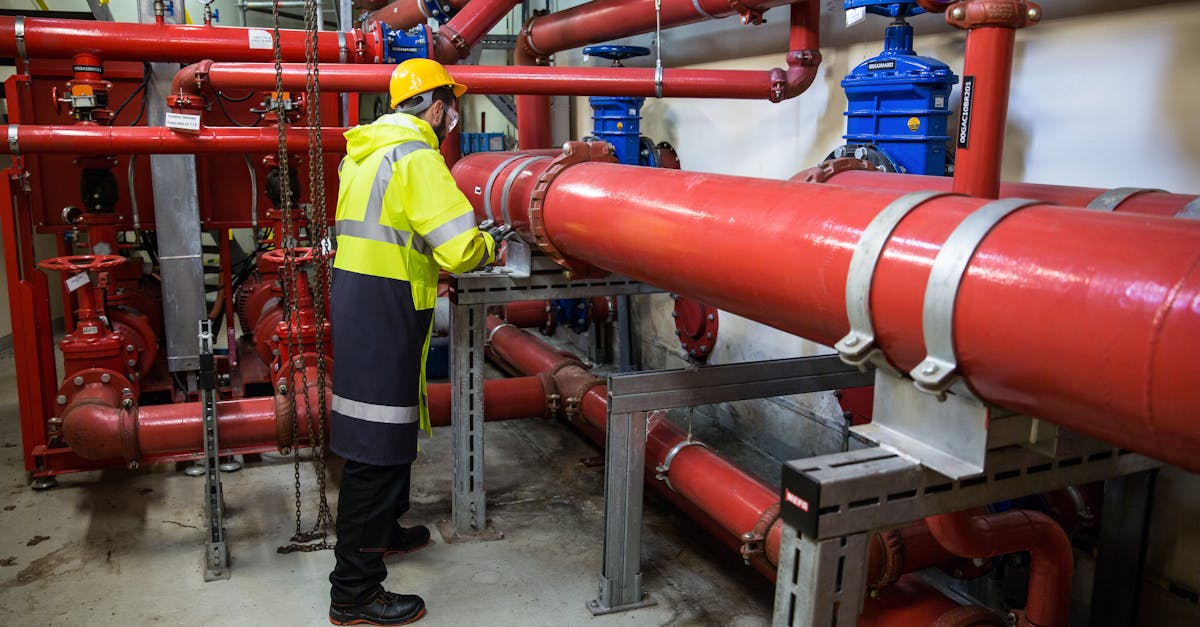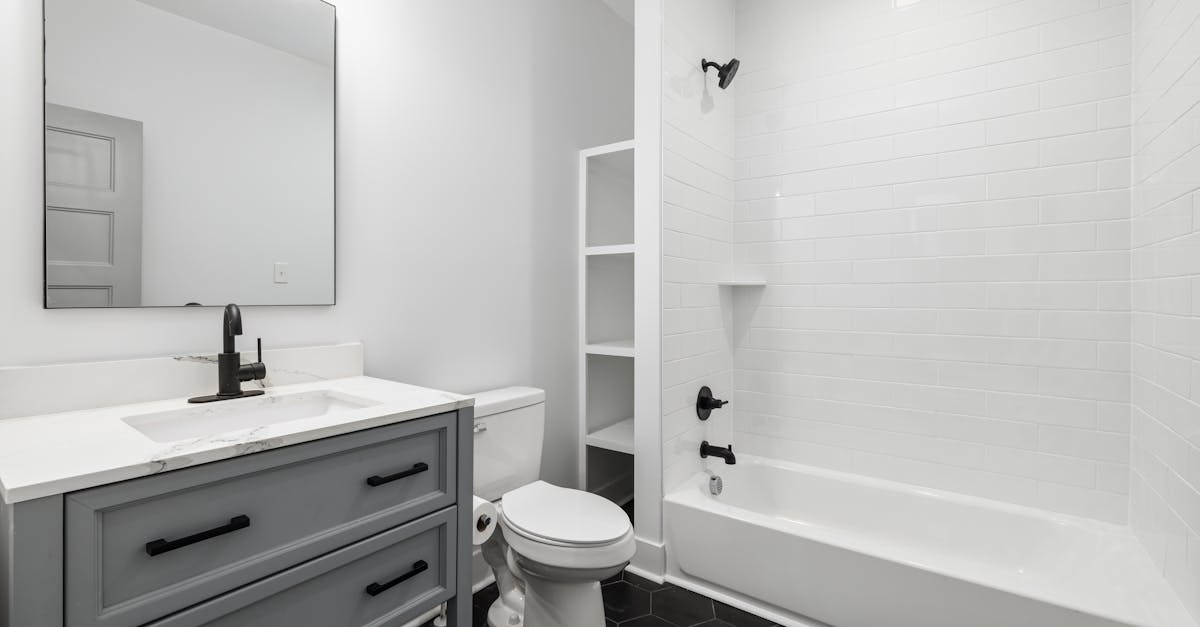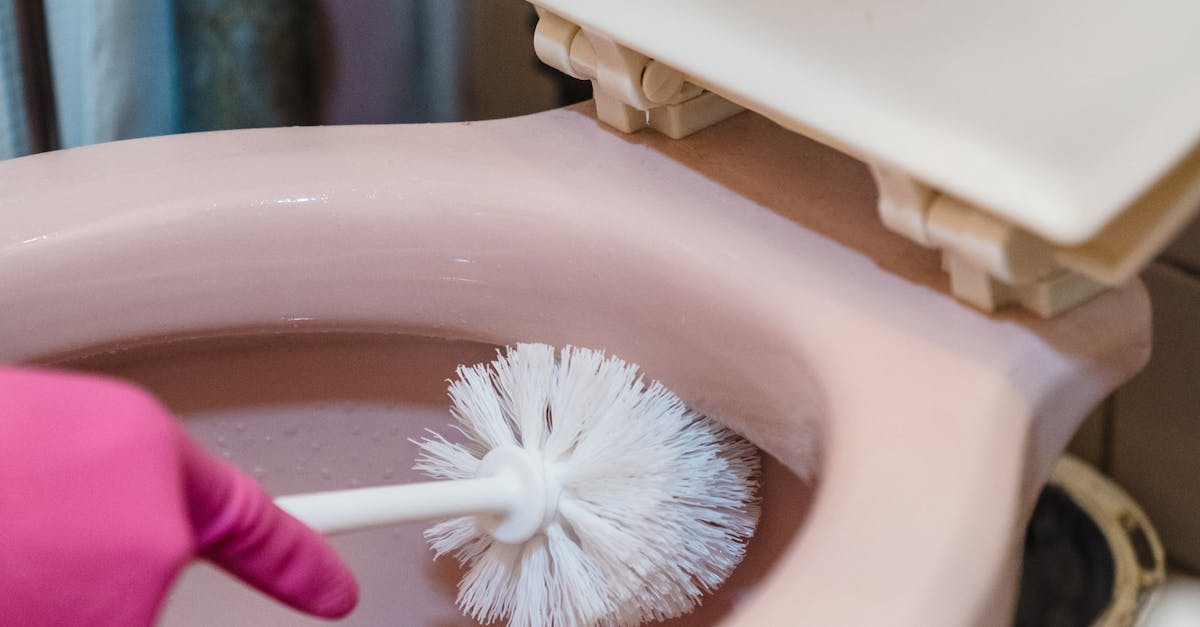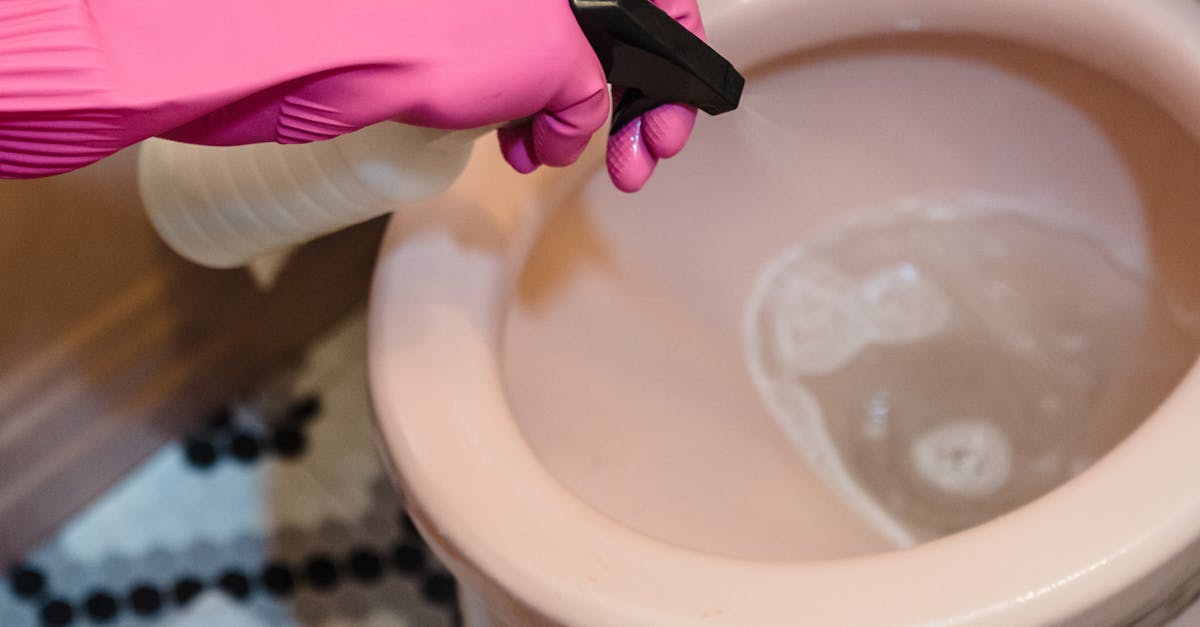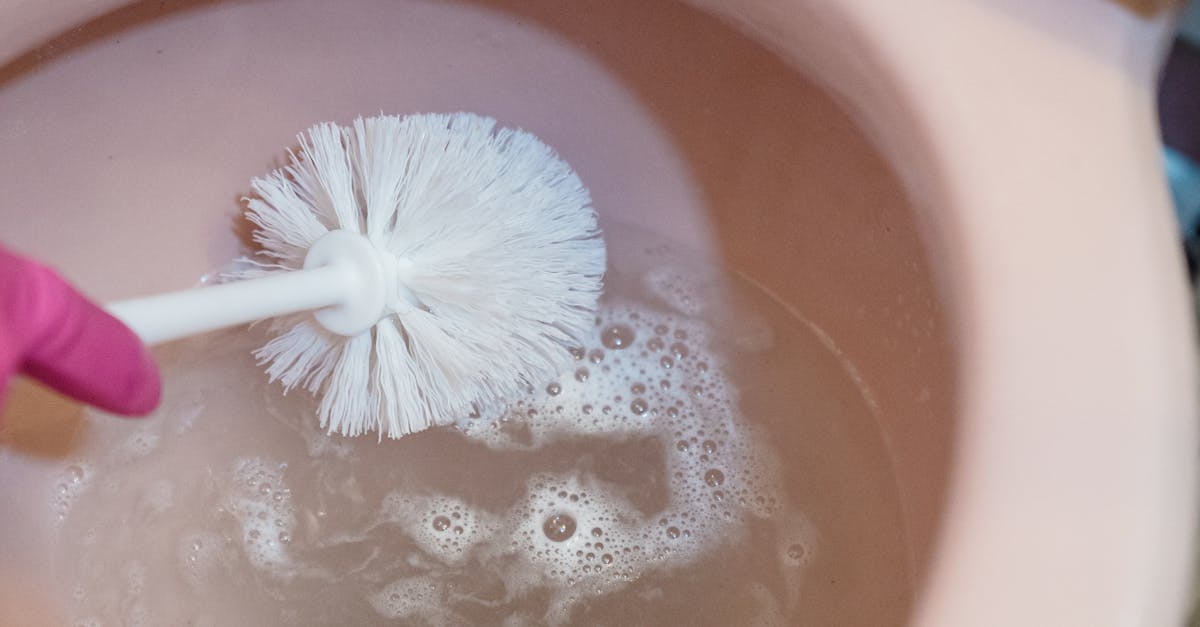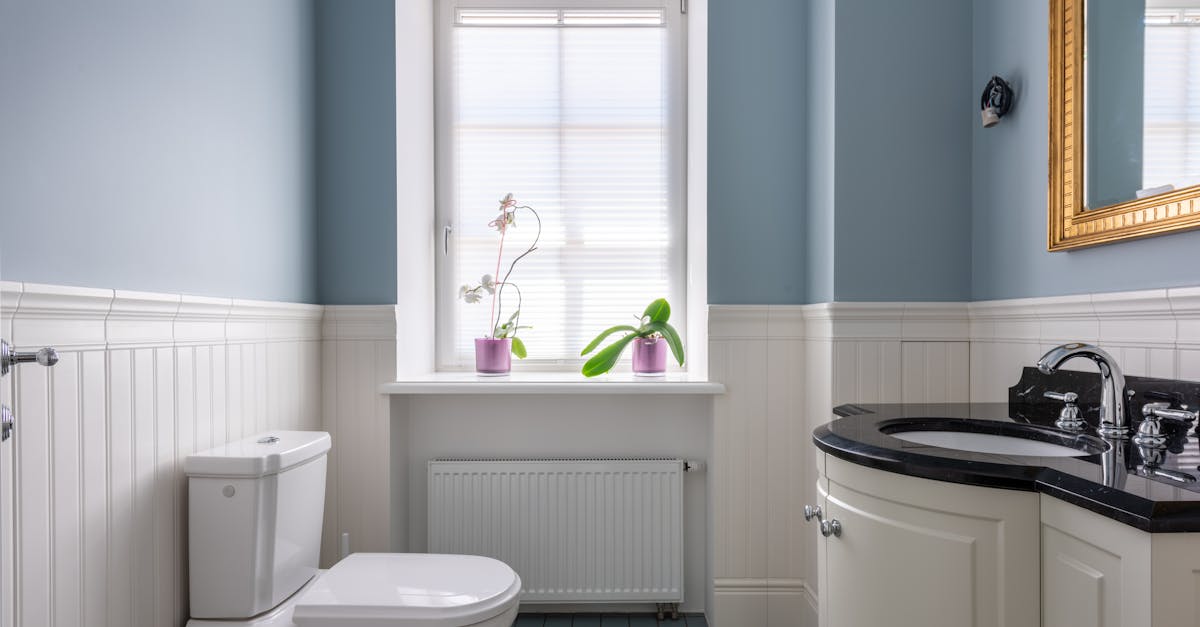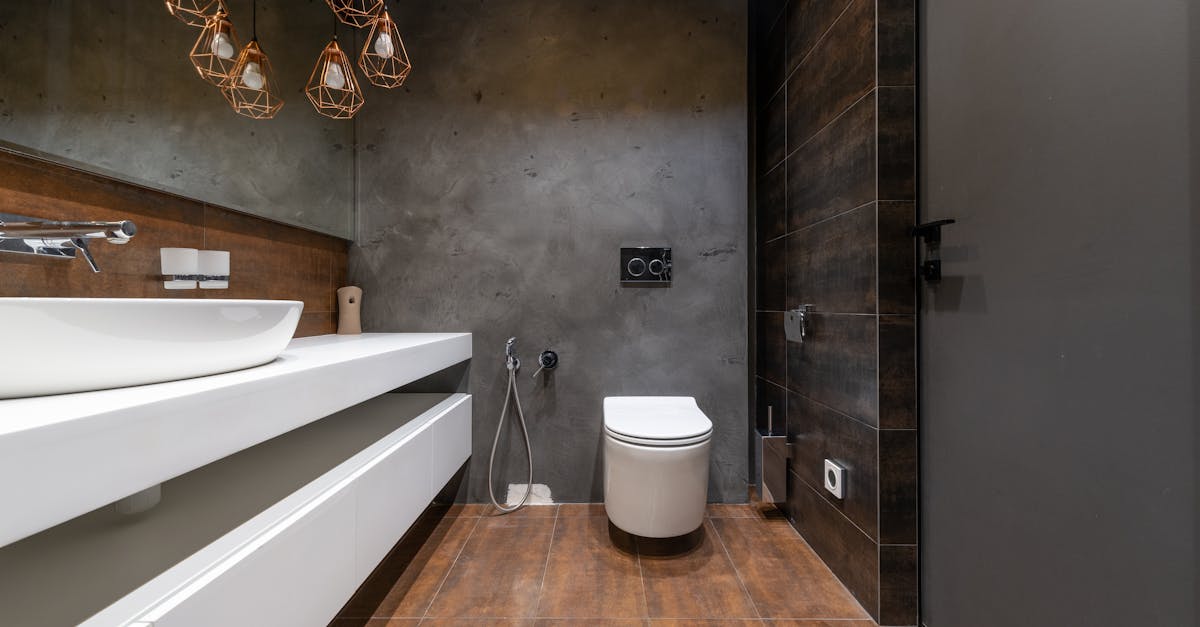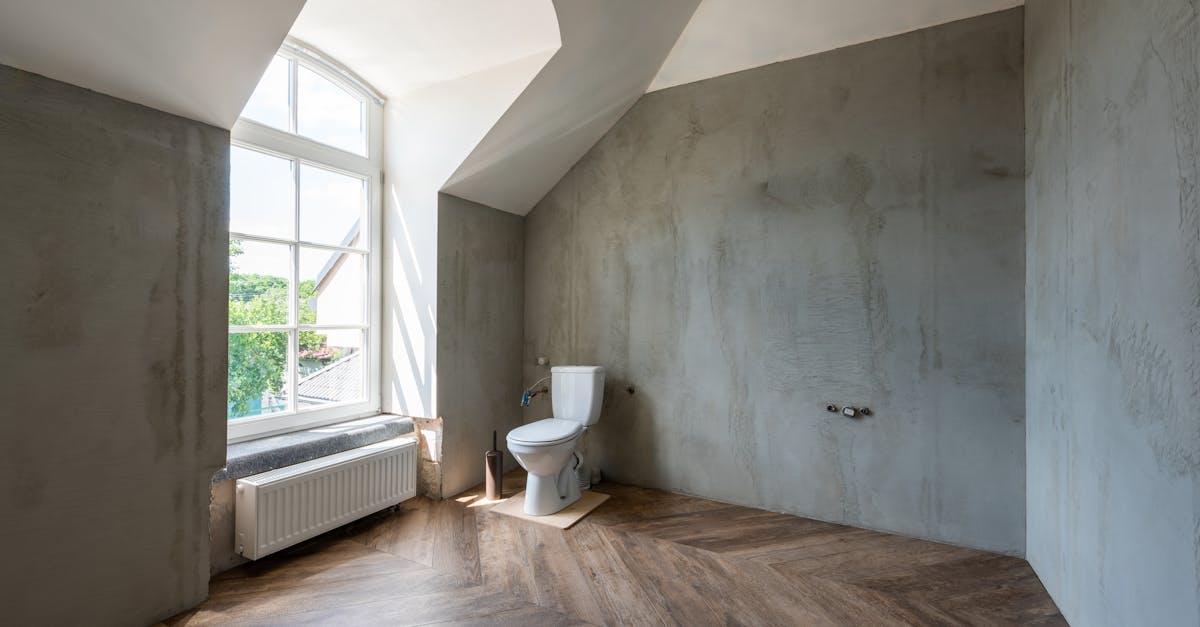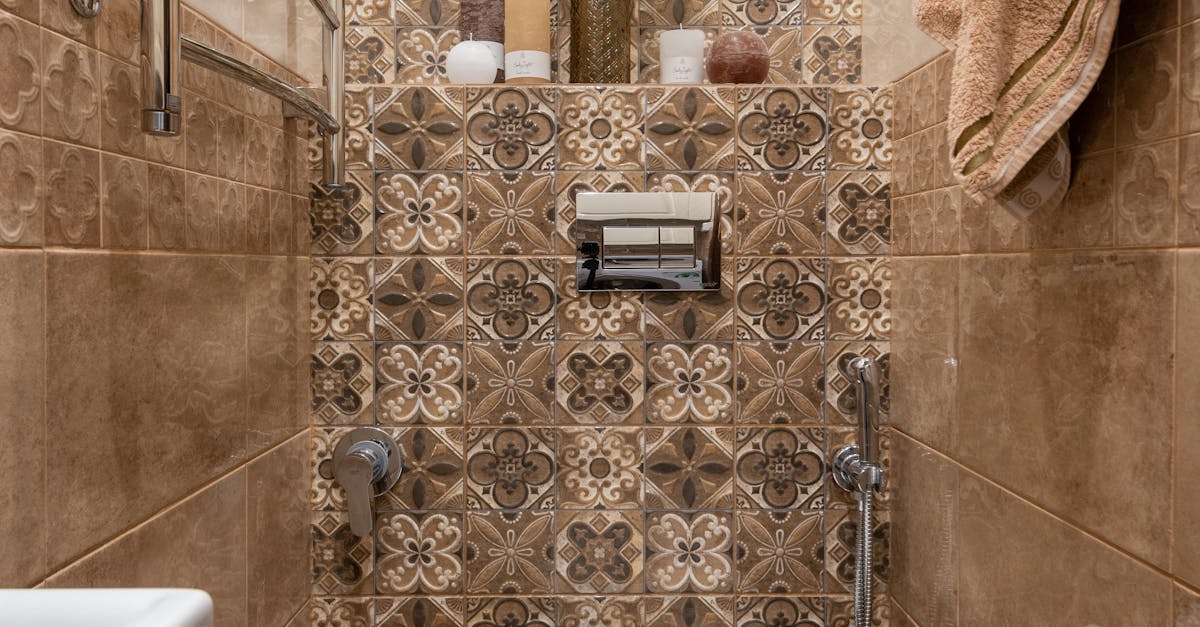
Table Of Contents
Investigating the Fill Valve
The fill valve is a crucial component in toilet flushing systems. It controls the flow of water into the tank after a flush, ensuring that the toilet is ready for the next use. If the fill valve is malfunctioning, it can lead to inadequate flushing or continuous running. To evaluate its condition, you should first remove the tank lid and observe the fill valve while flushing. Look for any irregularities such as unusual noises or failure to fill the tank adequately, as these can indicate the need for toilet repairs.
If you suspect that the fill valve is the source of the problem, further inspection is required. Check for clogs or debris that may be obstructing the water flow. Cleaning the valve may solve the issue, but if problems persist, replacement might be necessary. Understanding how the fill valve operates can help you perform efficient toilet repairs, ensuring your toilet functions smoothly.
Cleaning or Replacing the Fill Valve
A clean and well-functioning fill valve is essential for the efficient operation of your toilet. Dirt, debris, or mineral build-up can impede its performance, leading to inadequate flushing. Regular cleaning of the fill valve involves shutting off the water supply, flushing the toilet to empty the tank, and removing the valve for inspection. A thorough rinse can often clear minor blockages. If this doesn't restore proper function, it may be necessary to replace the fill valve entirely.
When selecting a replacement fill valve, consider compatibility with your toilet model. Various types are available, such as float ball or float cup valves. Carefully follow the installation instructions, ensuring all connections are secure to prevent leaks. Investing time in these toilet repairs can enhance flushing efficiency and prolong the life of your toilet.
Exploring Clogs and Blockages
Clogs and blockages often lead to significant toilet flushing problems. These obstructions can occur in various parts of the toilet system, particularly in the trap or the drain line. Over time, accumulated waste, toilet paper, or even foreign objects can restrict the flow of water, making it difficult for the toilet to flush properly. Identifying the location of the blockage is crucial for effective toilet repairs. Routine maintenance can help prevent build-up from escalating into a more severe issue.
When a toilet isn't flushing, using a plunger effectively can be one of the simplest first steps in addressing a clog. It’s important to create a tight seal around the drain to generate enough suction for effective clearing. For more stubborn blockages, a plumber’s snake may be required to navigate deeper into the plumbing system. If these methods fail, it might indicate a more serious issue, potentially requiring professional assistance for comprehensive toilet repairs.
Using a Plunger Effectively
A plunger is an essential tool for tackling minor toilet clogs. To use it effectively, start by ensuring the bowl has enough water to cover the rubber part of the plunger. Position the plunger firmly over the hole at the bottom of the bowl. Push down slowly to create a seal, then pull up sharply. Repeat this process several times, using consistent pressure to generate the suction needed to break up the blockage.
If the initial attempts do not work, try adjusting the angle of the plunger or changing your technique. Sometimes, a gentle wiggle while plunging can help free stubborn clogs. After successfully clearing the blockage, flush the toilet to test if it operates properly. If issues persist, further toilet repairs may be necessary to tackle deeper problems within the plumbing system.
Evaluating the Siphon Jet
The siphon jet plays a crucial role in the flushing process of a toilet. This jet is located at the bottom of the toilet bowl and is responsible for creating the necessary flow of water that initiates the siphoning action. When the siphon jet becomes clogged or blocked, it can significantly reduce the effectiveness of the flush. Regular inspection is essential to ensure that the jet is free of debris and functioning optimally. This can save time and money on potential toilet repairs.
To assess the condition of the siphon jet, one can visually inspect it for any visible obstructions. A flashlight can be helpful in illuminating the area for a closer look. If blockages are present, using a small brush can effectively clear the opening. In some cases, a small amount of vinegar or a descaling agent may help dissolve mineral buildup. Addressing these issues promptly can help maintain proper flushing support and prevent more significant plumbing problems that may require extensive toilet repairs.
Ensuring Proper Functionality
The siphon jet plays a critical role in the flushing process of your toilet. It is designed to create a powerful flow of water that helps to clear waste efficiently. If the siphon jet is blocked or malfunctioning, it can lead to weak flushes. Regular inspection and maintenance of the jet can prevent this issue. Remove any mineral deposits or debris to ensure optimal performance.
In some cases, a malfunctioning siphon jet may require more than just cleaning. If cleaning does not resolve the problem, consider checking for wear and tear that might necessitate replacement. Investing time in these toilet repairs can ultimately save you from more significant plumbing issues in the future. Ensuring every component works correctly will contribute to an effective and reliable flushing system.
FAQS
What are common signs of toilet flushing problems?
Common signs include weak or incomplete flushes, the toilet not flushing at all, or the water level in the bowl not rising properly.
How often should I check my toilet’s fill valve?
It's a good idea to check your toilet’s fill valve at least once a year to ensure it’s functioning correctly and to prevent any potential problems.
What should I do if plunging doesn’t clear a clog?
If plunging doesn’t work, you may need to try a toilet auger, which is a specialised tool designed to reach deeper blockages, or consider calling a plumber for assistance.
How can I tell if the siphon jet is blocked?
If you notice weak flushing or a toilet that doesn’t empty completely, it could indicate a blocked siphon jet. You can inspect it by removing the toilet's tank and looking for any obstructions.
Are there any DIY methods to clean the fill valve?
Yes, you can clean the fill valve by turning off the water supply, removing the valve, and soaking it in vinegar to dissolve mineral build-up, followed by rinsing it thoroughly before reinstalling.
